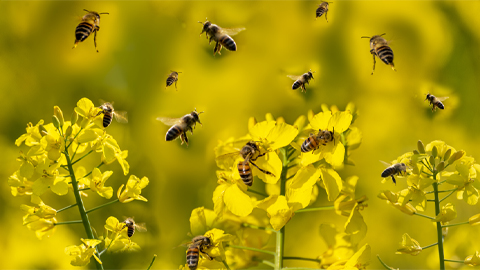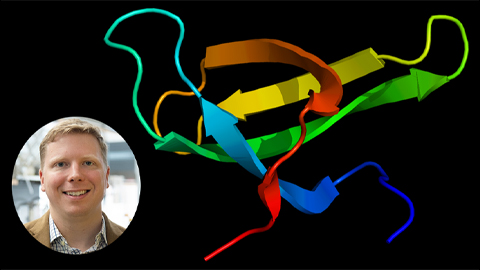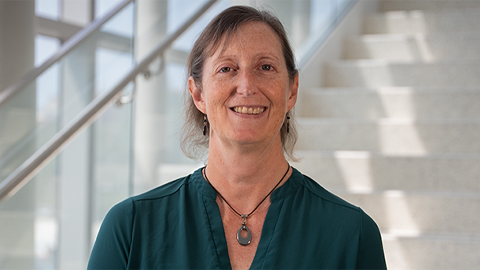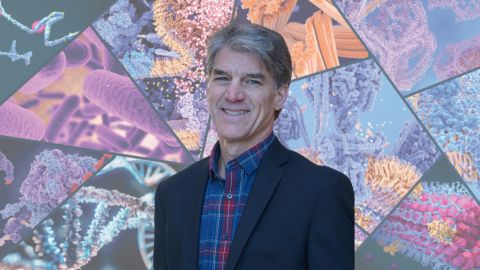
A doctor shares 7 steps he'll review to decide when and where it's safe to go out and about
As we return to some degree of normalcy after weeks of social distancing, we all need a plan. As an immunologist, I’ve given this a lot of thought personally and professionally.
When I venture out, I am first going to check the number of new COVID-19 infections in my community. In Virginia, for example, as of May 16, some health districts had 200 new daily cases and others fewer than 10. I am going to be less risk-averse when new cases fall to near zero.
Second, I will assess my risk for severe infection and the risk for severe infection for those I will be visiting. The CDC defines these risk factors as being over age 65 or having serious underlying medical conditions, which include chronic lung disease, moderate to severe asthma, serious heart conditions, immunocompromise, severe obesity (body mass index over 40), diabetes, kidney disease requiring dialysis, liver disease or living in a nursing home or long-term care facility. If I have one of these risk factors, or am visiting someone with one of these risk factors, I am going to be extra-cautious.
Third, I will draw from knowledge about how COVID-19 is transmitted. Airborne transmission and fomites, or contaminated surfaces such as doorknobs, are both means of infection. The SARS-CoV-2 virus that causes COVID-19 is stable in airborne droplets, or aerosols, for hours and on the surface of cardboard for a day and plastics for two days. A study in the New England Journal of Medicine, for example, showed that half of nursing home patients who had COVID-19 were without symptoms at the time of diagnosis, by nasal swab PCR test for the virus, and yet infectious to others. Normal speech generates oral fluid droplets which are potentially infectious but are captured by a cloth face mask, preventing transmission to others.
I am going to wear a mask to help prevent my giving the infection to others, avoid touching surfaces such as handrails, try not to touch my eyes or nose or mouth with my hands and wash my hands frequently.
I am going to try to stay outdoors, where the risk of infection from aerosols is less, and if indoors stay six feet distant from others and limit my time there.
I am going to assess my risk for infecting others. If I have a fever, cough or other flu-like symptoms, such as muscle aches or tiredness, I am not going to venture out and risk exposing others to COVID-19. Even if healthy, I am going to wear a mask when out so that I can protect others if I am unknowingly infected but pre-symptomatic.
While it is tempting to resume normal activities, I have to remember – and I hope you will, too – that my individual behavior affects not only my health, but also yours.![]()
This article is republished from The Conversation under a Creative Commons license. Read the original article.
Image credit: Danielle Rice/UnsplashEnjoy reading ASBMB Today?
Become a member to receive the print edition four times a year and the digital edition weekly.
Learn moreGet the latest from ASBMB Today
Enter your email address, and we’ll send you a weekly email with recent articles, interviews and more.
Latest in Science
Science highlights or most popular articles

Becoming a scientific honey bee
At the World Science Forum, a speaker’s call for scientists to go out and “make honey” felt like the answer to a question Katy Brewer had been considering for a long time.

Mutant RNA exosome protein linked to neurodevelopmental defects
Researchers at Emory University find that a missense mutation impairs RNA exosome assembly and translation and causes neurological disease.

Study sheds light on treatment for rare genetic disorder
Aaron Hoskins’ lab partnered with a drug company to understand how RNA-targeting drugs work on spinal muscular atrophy, a disorder resulting from errors in production of a protein related to muscle movement.

Examining mechanisms of protein complex at a basic cell biological level
Mary Munson is co-corresponding author on a study revealing functions and mechanisms of the exocyst that are essential to how molecules move across a membrane through vesicles in a cell.

Breaking through limits in kinase inhibition
Paul Shapiro, the first speaker on ASBMB Breakthroughs, a new webinar series highlighting research from ASBMB journals, discussed taking ideas and discoveries from basic science research toward clinical applications.

How opposing metabolic pathways regulate inflammation
Researchers use cybernetics to understand what happens when two acids produced by macrophages compete for binding sites on the enzyme that converts them to active products.

